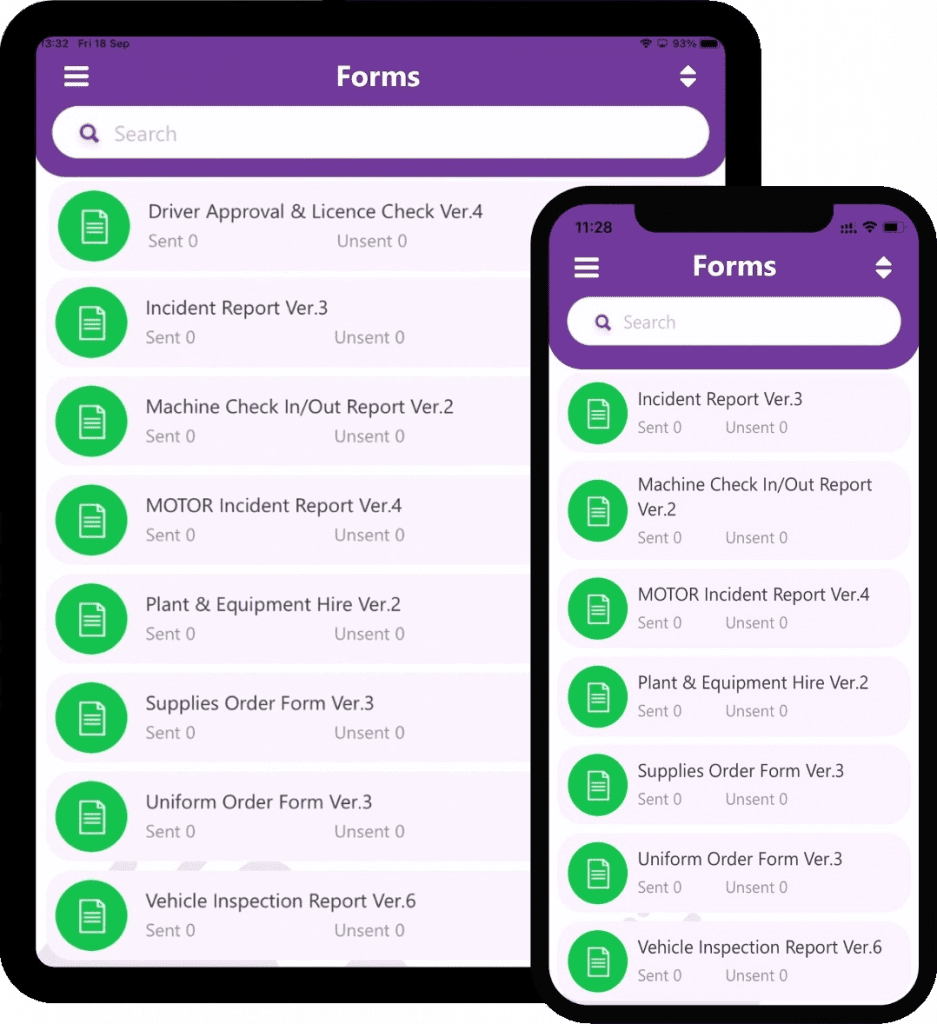Every modern business knows that data can be an incredibly powerful resource. But data analytics isn’t magic, even if machine learning might sometimes make it seem that way. To harness the power of data, businesses need to approach the gathering and analysis of it in the right way. Any deficiencies in your processes will lead to lower-quality data and less reliable results.
Below are some key tips that small businesses need to keep in mind if they want to benefit from data like their bigger competitors.
Create a clearly defined process
All your staff must understand what data you are gathering and why you need it. This is especially important for data that isn’t being generated automatically. If you rely on staff to collect and report some metrics themselves, they need a good grasp of your process. You also need to be consistent in your approach. A good data collection policy can be understood easily by someone with no existing knowledge about data and how it’s used.

Take security and privacy seriously
If your customers hand over their private data, they expect you to keep it safe. Failing to keep peoples’ data safe can have legal repercussions for businesses; why risk the fine? There’s also reputational damage to consider, as well as financial. As long as you take basic measures and ensure that only people who need to access your data can do so, you shouldn’t have trouble storing it securely.
Arm yourself with the right tools
Even if you are gathering your data manually, analytics software will inevitably play a big role in your corporate data strategy. You will need software to handle the creation of databases from the data you collect. You will also need software capable of analysing those databases and providing visual representations of the results. The software that you choose for each part of the data analytics process will play a significant role in determining your success.
The part where most businesses slip up, especially those without a data analytics professional on hand to guide them, is the collection. Gathering high-quality data is often more difficult than most people assume. Some data, including most types of numerical or quantitative, data are unambiguous. For example, your POS system or e-commerce platform will keep track of how many people buy things from you every day and how much revenue you generate as a result. This data can easily be recorded and gathered, and you can be sure that it is accurate.
Where things get more tricky is where you introduce qualitative data into the equation. Qualitative data include things like how your customers feel about your business and products. The answers they give will need to be read by a human to understand them. Using surveys can help a lot with qualitative data because you can ask respondents to choose from a list of responses. If you want to dig deeper into your numbers and get to the heart of how those figures translate into customers’ attitudes and feelings, you need a reliable way of gathering that all-important qualitative data.

One of the best tools out there for conducting surveys and gathering data from workers and staff alike is Tapapp Mobile Forms. Tapapp is available on Android and iOS for both Phones and Tablets. It is also available as a browser-based online tool. One of the main selling points of Tapapp is that it serves as a cloud-based hub for all the data you generate with it. Designing surveys is quick and intuitive, thanks to a simple drag-and-drop interface. Don’t let that simplicity put you off, though; Tapapp has an array of features that make it one of the best field-based reporting systems on the market today. Whether you want feedback from customers, staff, or anyone else, Tapapp makes building interactive forms and surveys as easy as possible. You can distribute your surveys with a simple online link, keeping your costs way down.
Once you have chosen the software you plan on using to gather and analyse data, make sure your workers understand how to use it. It doesn’t matter how good your software is if no one has a clue what to do with it.
Remember the data triangle
Collection, analysis, and conclusions; are the three components of data processing. They are fairly self-explanatory; the collection is the process of gathering raw data for subsequent processing and analysis; analysis is the process of taking raw data and analysing it so it can be represented visually; finally, conclusions is that part where humans look at the results of the data they have generated and draw conclusions from it. In some cases, special data analytics software is used, which will tell the data analysts what conclusions are suggested by their data.

Every stage of this process is essential to ensuring that a business is using data effectively. It’s no good gathering vast volumes of high-quality data if you then analyse or process it incorrectly; this will lead to you drawing the wrong conclusions. Similarly, if your data collection policies are lacking, you will be gathering much more junk data. Junk data is bad data that gets in the way and can skew your analysis.
Accordingly, your data collection policies need to be written with every stage of the process in mind. Wherever data is coming from, whether it’s automatically generated by your POS systems and sent back to a central server or coming from surveys that your customers fill out, every individual data stream should be managed and have some oversight. For quantitative data such as sales reports and footfall numbers, analytics software does a pretty good job at spotting outliers and eliminating them from the data pool. However, people are much better at inferring meaning and can provide considerably more reliable oversight of qualitative data.
The purpose of this oversight is two-fold; first, to make sure that your analytics is based only on good data. Second, removing junk data from your databases will reduce their size, enabling faster analysis and lower storage costs.
With these tips in mind, you should have no trouble making data part of your corporate strategy going forward. You don’t need to be a big business to benefit from data; you just need the right strategy.
More in our blog:
